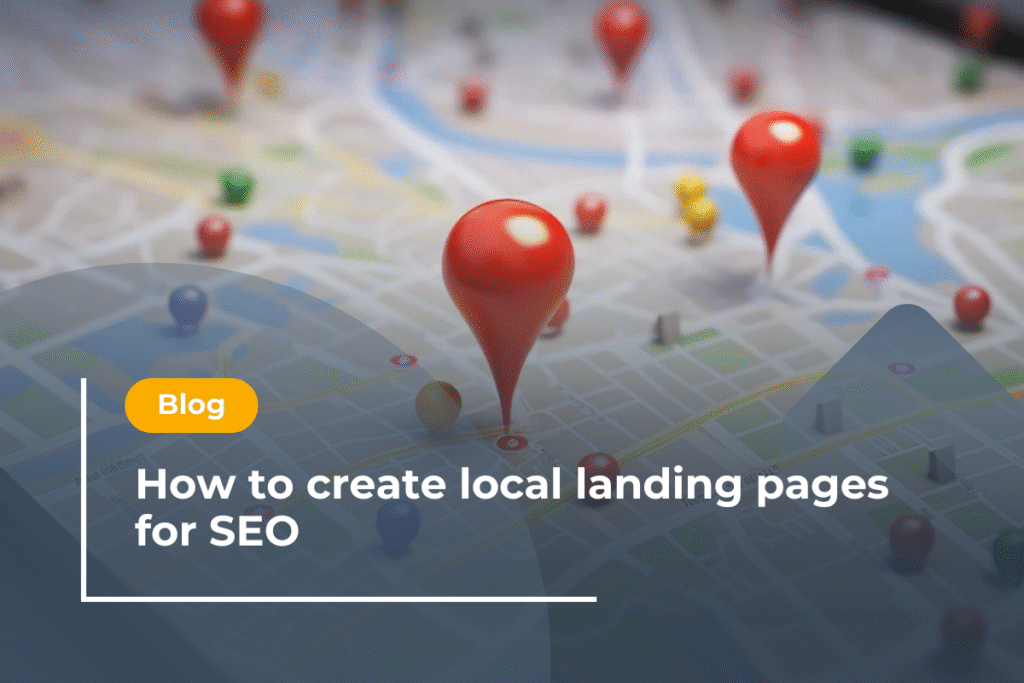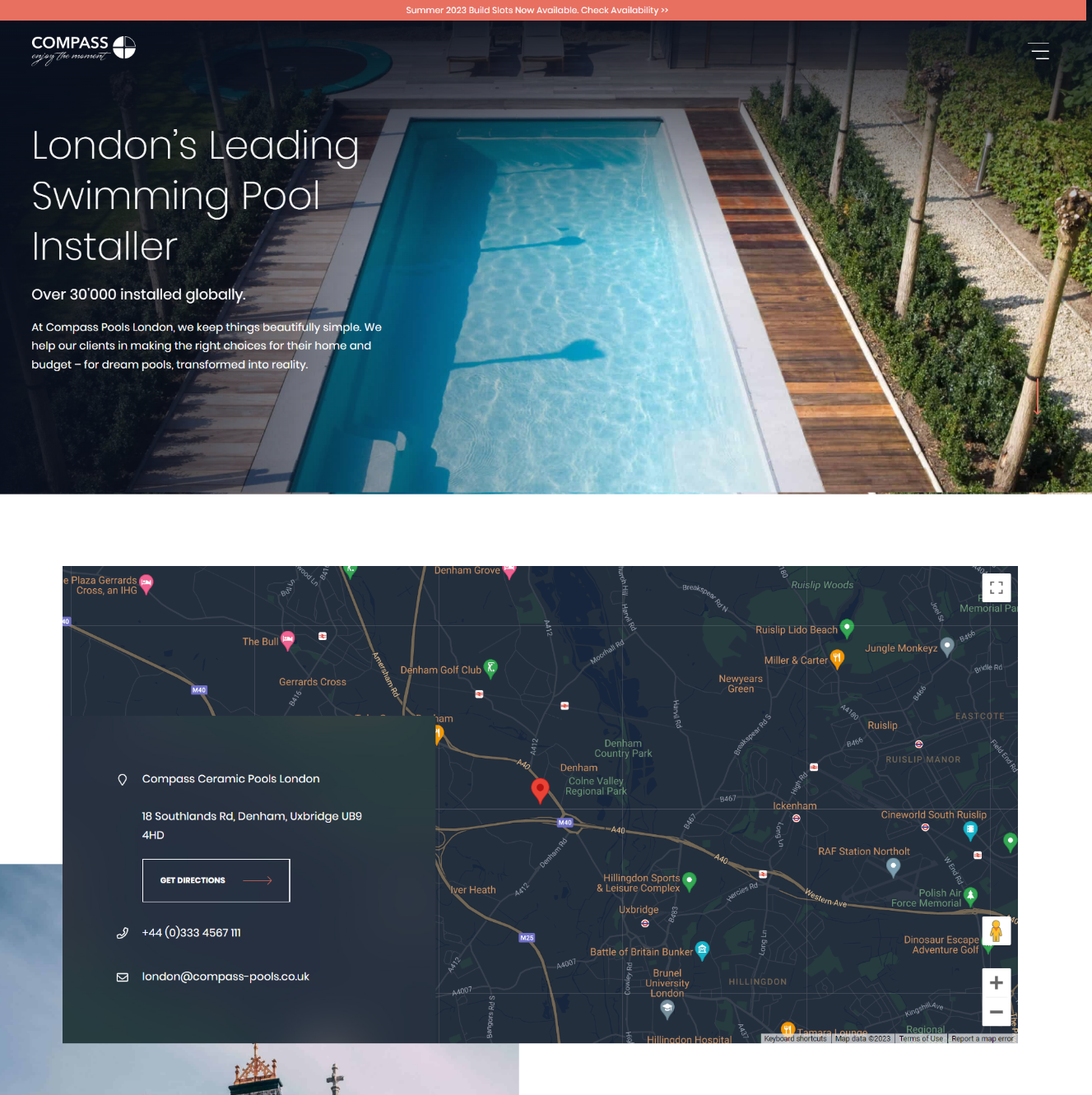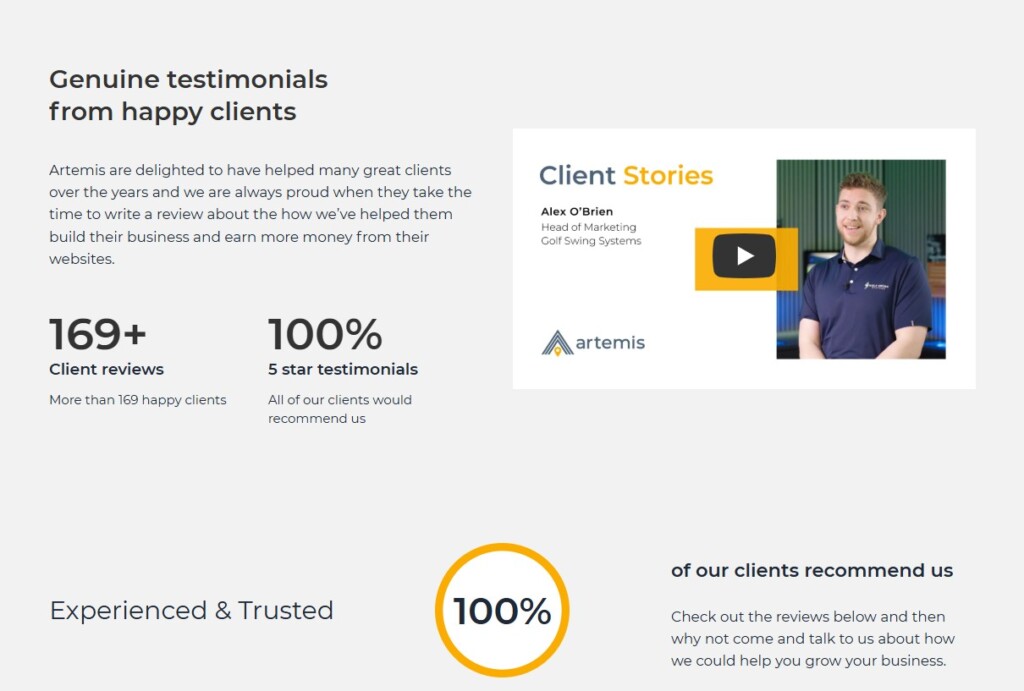How to Create Local Landing Pages for SEO

When done right, local landing pages can work phenomenally well. According to BrightLocal, 81% of consumers use Google as their primary platform for reading business reviews, reinforcing Google’s dominance in local search behaviour.
Local landing pages provide a unique opportunity to personalise your content to appeal to local customers. What’s more, this traffic is much more likely to convert.
Having a local SEO strategy and targeting local traffic with geo-oriented pages mitigates many of these issues.
The bottom line? People are searching for answers and businesses in their local area, and creating local landing pages gives your business a unique opportunity to reel in this primed, local traffic.
With 96% of consumers open to writing business reviews and 74% checking at least two review sites before making decisions, your local presence has never been more vital.
Find out how you can make competitive, engaging location pages (or geo-pages) that will rank in search results
Write Unique, Engaging Content
Having unique content for each local landing page you create is a vital first step. Personalising your content to appeal to a local audience goes further than swapping out one town for another.
Reference local areas, replace stock photos with local imagery, and incorporate local case studies to give your content more substance and help visitors understand the purpose of the page. What do they need to know upon landing on it? This approach is particularly important when you consider that now 48% of consumers turn to local news outlets for business reviews and information, showing the vital role that local community connections play in building trust.
Below is an example of how we’ve helped an interior design client of ours create content that’s relevant for a specific location. This authentic local flavour helps establish credibility and resonates with visitors who are specifically looking for businesses that understand their local market, as well as their pain points.

Add Up-to-Date Contact Information
When creating a local landing page, make sure that your contact information is as easy as possible to find for potential new customers. Place your local phone number, email, and address high up on the page, in threaded CTAs (calls to action) and in the header and footer, while also linking to your Google Business Profile.
Additionally, include hours of operation, a map, and an option to ‘Get Directions’ if customers can visit you at your brick-and-mortar store address. Multi-location businesses should personalise their contact information for each location page. See below for a good example of how this can look on a site.
Given that 40% of consumers are most likely to leave a review when asked via email, ensure your contact information includes a clear email address for follow-up review requests

Add Visual Content
There’s no denying that writing about priority services, your company history, and why visitors should choose your business rather than competitors is important. So is keeping your content personable, relatable and engaging.
However, there is such a thing as too much text. As such, it’s vital to break up dense content sections with aesthetic imagery (like we’ve done in this guide) and, importantly, video content.
Here’s a striking finding from 2025: over three-quarters of consumers consume video content when looking for information about local businesses. Even more surprising, 36% of consumers prefer to watch video content that businesses have posted about their own products and services, more than user-generated content from friends, influencers, or other reviewers.
This represents a huge opportunity for local businesses. Consider creating short videos showcasing your services, behind-the-scenes content, or customer success stories specific to each location. You’ll be astounded at how helpful this can be.
Include Trust Signals and Social Proof
Add trust signals that validate your business as reputable. Include testimonials, logo accreditations, and case studies. Where possible, factor in location when choosing which to incorporate on your site or its geo-pages.
The 2025 data reveals interesting shifts in how consumers evaluate businesses. There’s now increased leniency towards certain businesses with fewer reviews. Interestingly, more consumers are willing to make decisions on businesses with as few as 0-49 reviews compared to previous years.
Consumers are also looking for more objective information. There’s been a 7% increase in consumers valuing long and detailed reviews, and a 3% increase in those who value photos or videos accompanying reviews.
The salient point is to focus on the quality and authenticity of the reviews you do have.

Create Multiple Conversion Opportunities
Don’t fall at the final hurdle. Make sure you optimise for conversions. It’s all well and good to create a page that ranks well, but what good does it serve if visitors don’t have a clear next step? What use is the page if it’s not actively helping your business? This is where consideration needs to be given to important conversion rate optimisation (CRO) strategies.
Have a handful of calls to action (CTAs) strategically distributed across your site. If phone calls are a priority conversion, make sure your phone number is visible and clickable with phone-oriented CTAs such as ‘Call Now for Free Consultation’.
For businesses prioritising online enquiries, incorporate contact forms and personalise these to speak to your audience. Consider timing too; 63% of consumers expect a response within two to seven days, with many expecting responses within just two to three days.
Optimise for Local SEO Keywords
Quality content is the foundation of any good landing page, but effective, white hat local SEO is the difference between a page that performs OK and one that’s ranking, driving traffic and converting. Before publishing, make sure to add a title tag, meta description, and H1 that mentions the location you want to rank for.
Ensure your content is consistent and natural throughout, with helpful headings to structure your page. If it reads spammy or unnatural, this will do your page more harm than good.
Look for opportunities to internally link to other priority pages on your website, such as key service pages, ‘meet the team’ pages, or other location landing pages. Creating a strategic web of internal links will help define your website’s architecture and improve your page authority.
Partner with a Local SEO Specialist
This approach reinforces the importance of having consistent, high-quality, unique, engaging local landing pages. The data from the 2025 BrightLocal Local Consumer Review Survey shows that consumers are becoming more discerning but also more forgiving, creating an opportunity for businesses that focus on quality over quantity in their local SEO efforts.
At Artemis, we have extensive experience creating local landing pages that help our clients improve their rankings and online visibility. If you’d like to benefit from a bespoke local SEO strategy, contact our team today to discuss.

